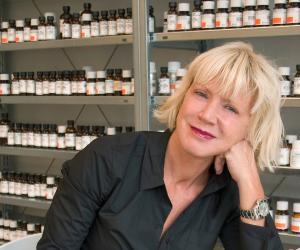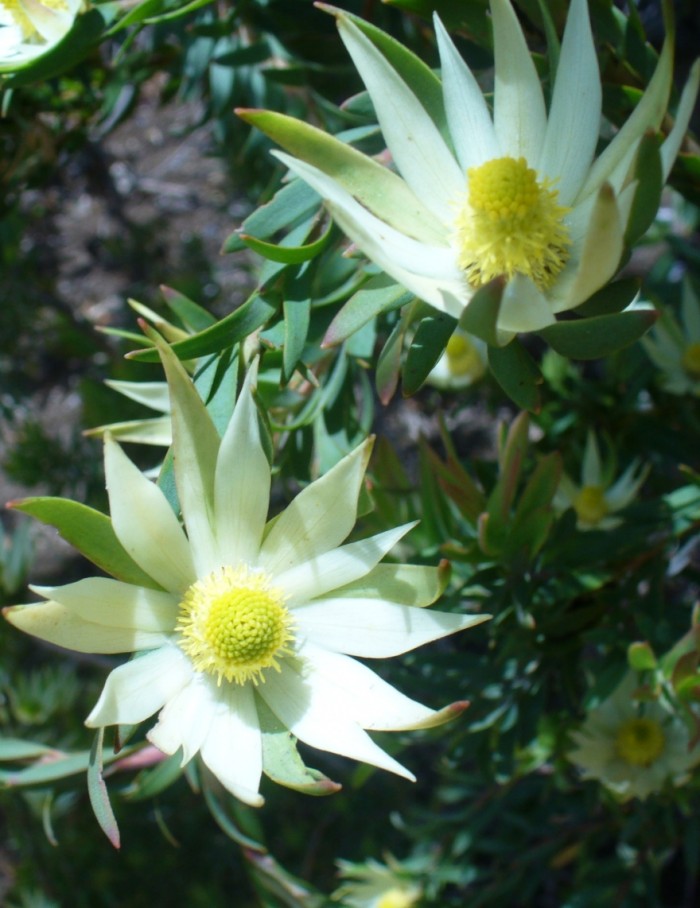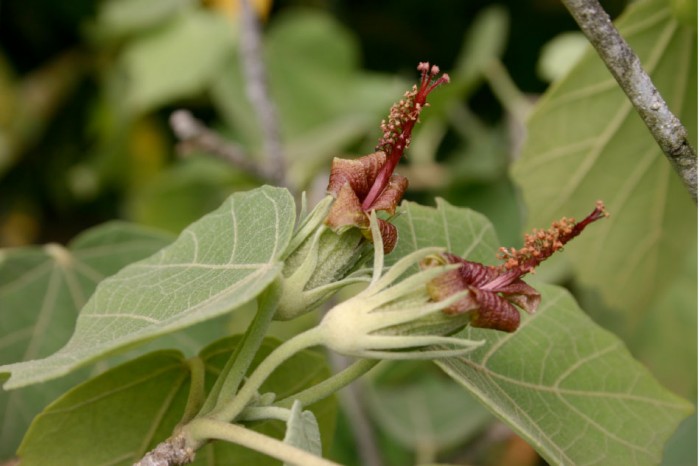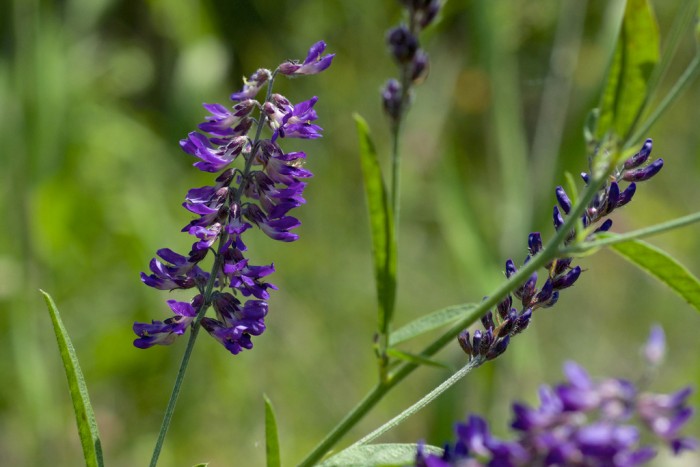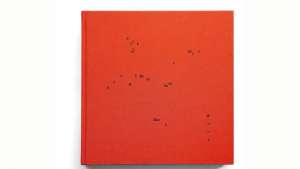Scientists predict that by 2050 half the world’s plant and animal species could go extinct due to the global climate crisis, mass urbanisation and population growth.
In a collaborative effort between multi-disciplinary artist Alexandra Daisy Ginsberg, smell researcher Sissel Tolaas and synthetic biologist Christina Agapakis, the trio addresses the extinction of natural flora with their latest project called Resurrecting the Sublime. Together they take the audience on a journey of the senses into the past.
Both Ginsberg and Tolaas are fomer Design Indaba speakers, and Resurrecting the Sublime is one of the few projects that the duo have worked on.
In collaboration with synthetic biologist, Christina Agapakis and her team at Ginkgo Bioworks, they extracted the DNA and smell molecules from three flowers that have gone extinct and recreated what their aromas might have been.
The flowers include:
- The Hawaiian Hibiscadelphus wilderianus (or Mauihau kuahiwi in Hawaiian), which was wiped out by cattle farming on Maui island.
- The Orbexilum stipulatum (or Falls-of-the-Ohio Scurfpea), whose natural habitat was wiped out by the flooding of a dam in the Ohio.
- The ‘Leucadendron grandiflorum (Salisb.) R. Br.’ (or the Wynberg Conebush), that was removed to make space for colonial vineyards in Cape Town.
What the Wynberg Conebush might have looked like:
What the Hawaiian Hibiscadelphus wilderianus might have looked like:
What the Falls-of-the-Ohio Scurfpea might have looked like:
According to Dr Agapakis, the selection process of the flowers involved searching through the Harvard University Herbarium for specimens of flowers that had gone extinct. The researchers were able to find 14 different species. These were then narrowed down to two, based on which ones had the best available data, along with a number of other factors, including number and quality of smell molecules predicted, history of the flowers, etc.
These were the Hibiscadelphus Wilderianus and the Orbexilum Stipulatum, which contained enough information in order to recreate their aroma.
While researching the flowers, researchers and the Ginkgo Bioworks team noticed that the Wynberg Conebush may have been incorrectly labelled and that samples at other universities may be faced with the same problem.
Tissue samples of the flowers were collected, and the gene sequences that could code for the flowers smell molecules were identified and isolated. These tissue samples were then inserted into yeast to allow for the cultivation of the flowers’ smell molecules.
Lists of possible smell molecules that the flowers might have produced were sent to the lab of smell researcher Sissell Tolaas. Tolaas managed to recreate what the flowers could have possibly smelt like using the various smell molecules in her collection or combing comparative ones to create similar smells.
The team notes that while science has allowed for one to be able to identify a flower’s smell molecules, the recreation of its exact smell is not possible, at least for the time being.
Using the reconstruction of the aromas of these extinct flowers, the trio and the synthetic biologists created an immersive art installation where the natural habitats of these flowers were recreated, and the smells of the flowers gently released into the installation.
The immersive installation is an attempt to reconnect the lost flowers to its natural habitats. The reasoning for the installation's title lies in the fact that science has allowed for humans to bring to life a delicate lifeform that man itself is responsible for destroying.
In excerpt on the project’s site it is noted that, “This dizzying feeling evokes the sublime, an ‘expression of the unknowable’, an aesthetic state encouraging contemplation of humans’ position amidst the immensity of nature.”
The installation formed part of the Saint-Etienne International Design Biennial.
See their talks here:
Read more:
The Great Passenger Pigeon Comeback project is a blueprint for de-extinction
A photographer is building a photographic ark of animals before they go extinct

